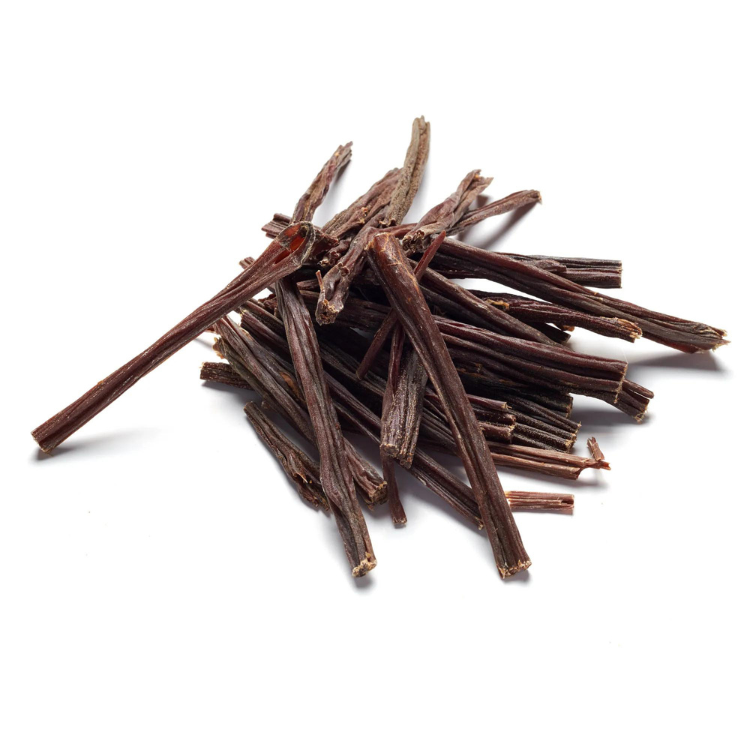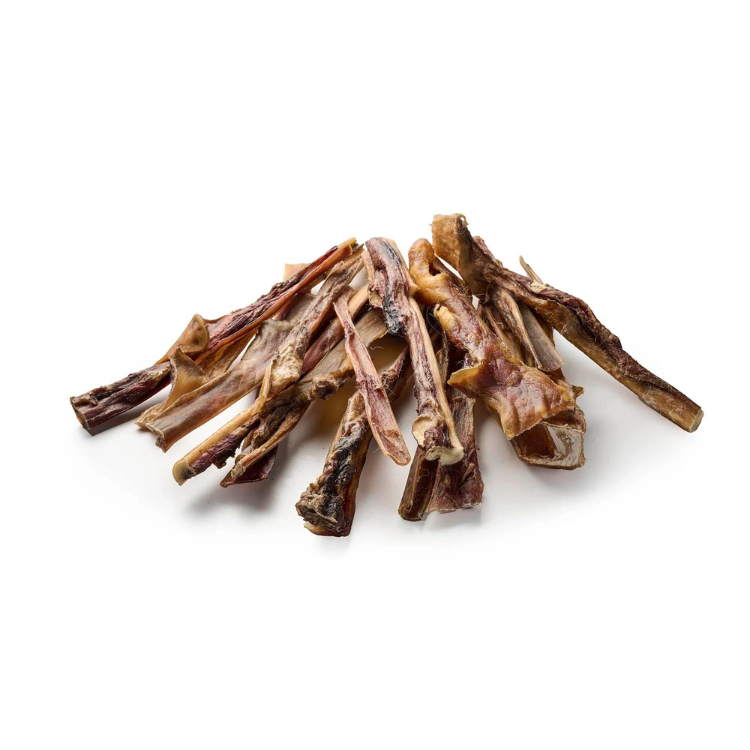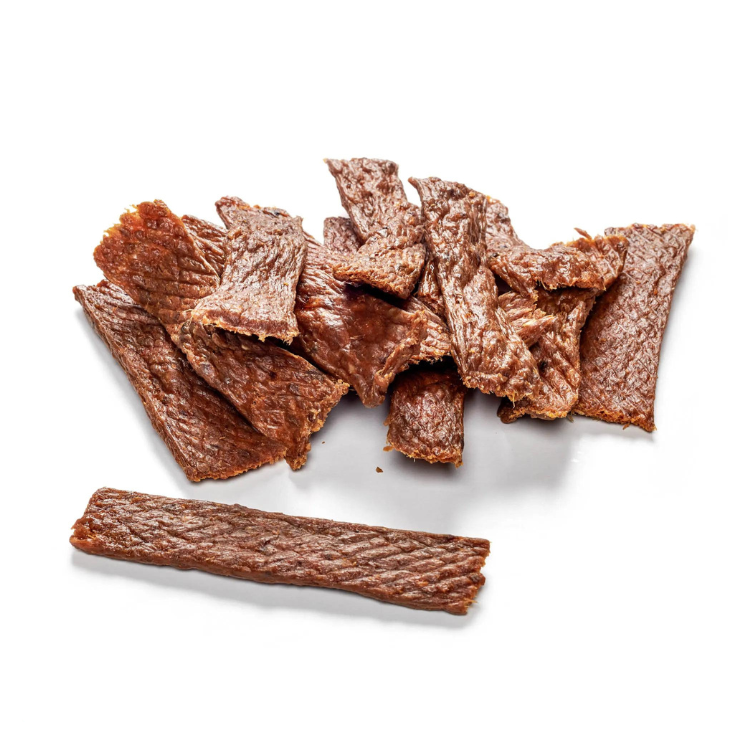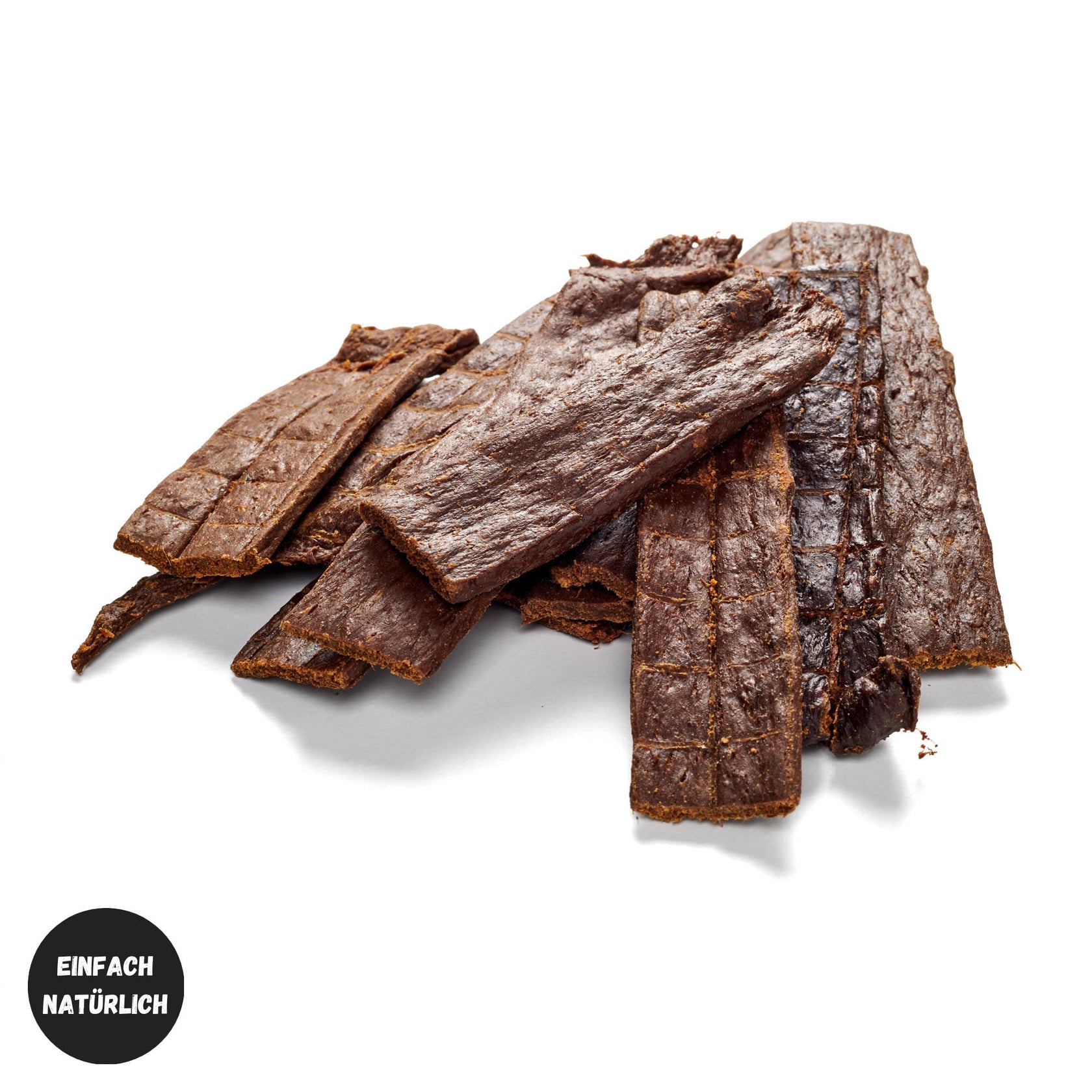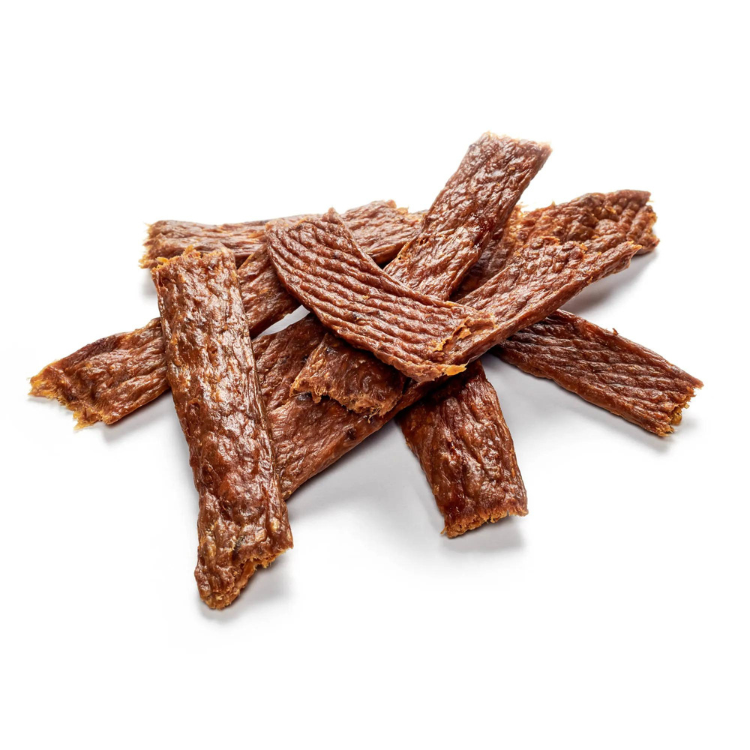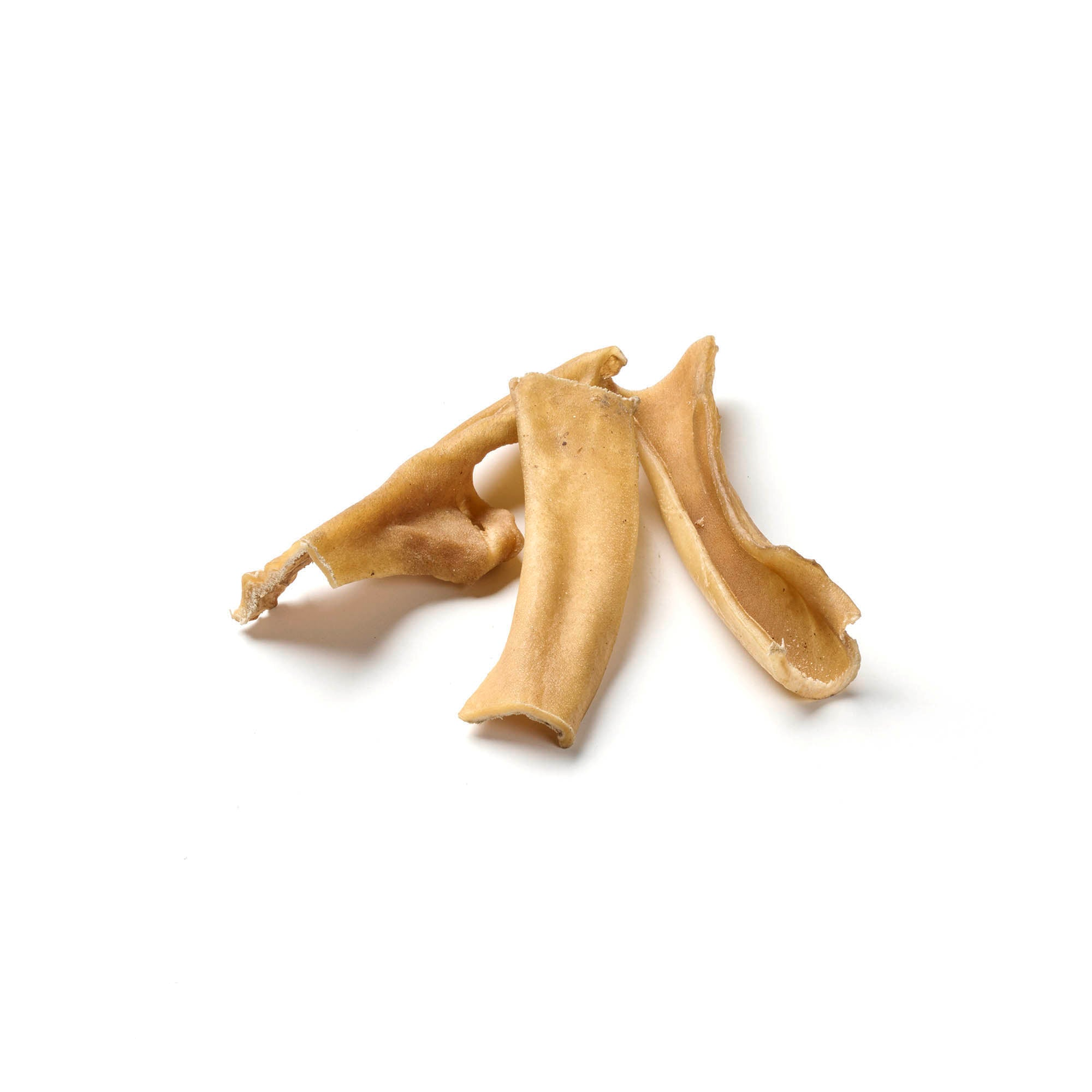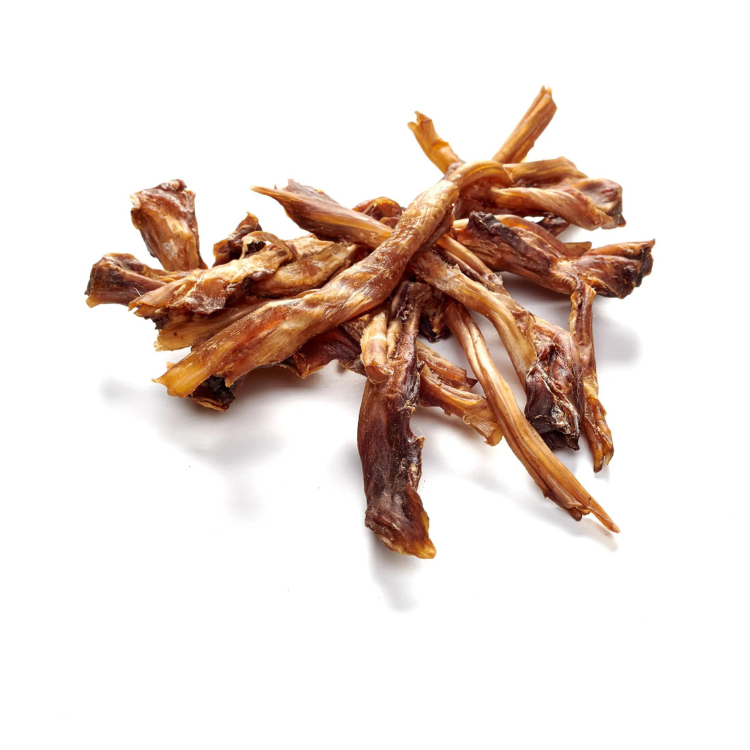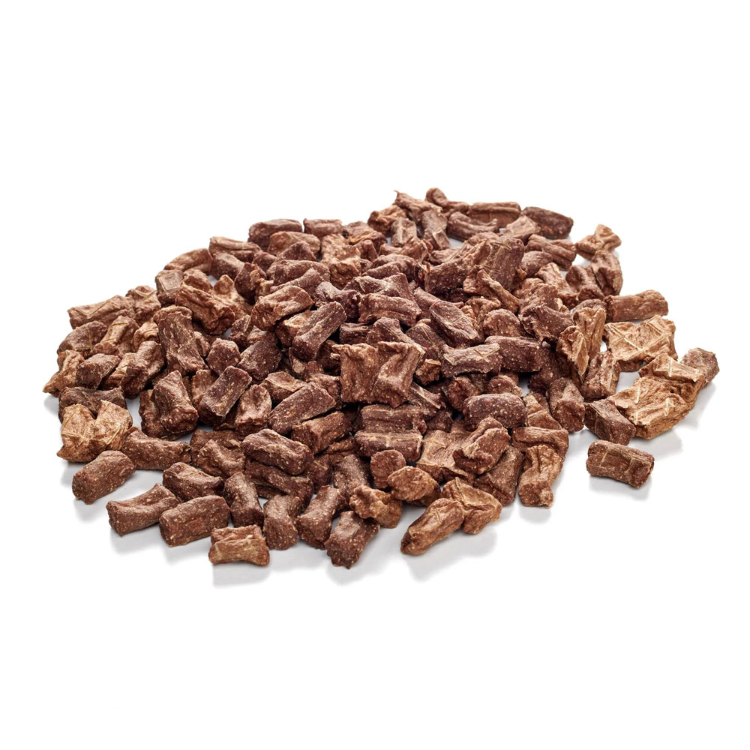
beagle
Share
The beagle is one of the most well-known dog breeds and is famous for its social behavior and affection. This characteristic is so pronounced that the beagle is often used as a therapy dog. However, its excellent nose also makes it suitable for hunting and use as a tracking dog. With its spotted fur and large, drooping ears, this little one is really something to fall in love with!
Content: Beagle
Reward your best friend with our dog treats!
Beagle - Profile
- Character: Lovable, gentle, determined, bright, intelligent
- Size: Small
- Height: Approx. 33-40 cm
- Weight: 10-15 kg
- Life expectancy: 12-15 years
- Coat type: Short and dense
- Colors: Black, white, brown, reddish spotted in tricolor or bicolor
- Special features: greedy, extremely happy dog
- FCI Group: Hounds, Scenthounds
Discover healthy and natural chews for your four-legged friend in our shop!
Beagle - Special Characteristics
The beagle is a true friend who exudes an incredible amount of joy and vitality. Despite its small body, the beagle is a real bundle of energy. The combination of hunting and pack dog makes it a diverse character who can also surprise its owner. The beagle is ideal as a family dog and is characterized by its sociability and loyalty. Its hunting instinct, however, is sometimes difficult to control. The beagle is a small athlete and likes to be moved. You can tire the little one out on long, extensive walks or hikes. If it has had enough, it will understand. Since it tends to be overweight , it is important to keep the activity level high and under no circumstances to feed it too much. The beagle's trademark is without question its coat pattern, which is spotted in two or three colors. Together with its floppy ears, this makes it an incredibly likeable dog that can win over both big and small. Its body is compact and very muscular.
Beagle - What should you consider when feeding it?
The beagle is a very greedy friend of man. You should not allow yourself to be tempted by the four-legged friend to feed him more than is necessary. The beagle can always eat one more meal than he should and therefore tends to be overweight. This damages his skeleton and joints. Overfeeding the beagle should be strictly avoided! The little one is otherwise very undemanding. He can be satisfied with dry, wet or mixed food . A high meat content from high-quality sources is good for the beagle. You should avoid giving the beagle a diet that is heavy on grains.
Spoil your four-legged friend with our delicate chew items!
Discover healthy and natural chews for your four-legged friend in our shop!
Beagle - Health and Care
If you are seriously considering getting a beagle, here is some good news: Beagles are very easy to care for. The short coat is undemanding and can be kept in a neat condition with occasional brushing. If necessary, you can use a mild dog shampoo to remove stubborn dirt from the coat. The ears should be given special attention. The large, floppy ears are prone to inflammation and should therefore be checked regularly. Make sure that your little friend is a weight appropriate for his size. If necessary, you can use a low-calorie dog food . It is also important to get your little one used to only eating at his feeding times from the start.
Beagle - Origin & History
The beagle probably originates from the foxhound, which was bred to hunt rabbits. The beagle traditionally moves in a pack when hunting and is a very eager little dog. Its origins can be traced back to ancient times. The small hunting dog has been an independent breed since 1890. Incidentally, there were also very small beagles that you could put in a hunting jacket, for example. The so-called "pocket beagles" are very rare today.
Conclusion
The Beagle is known for its lovable, gentle and determined nature as well as its strong affection, which makes it a popular therapy dog. However, its excellent nose also makes it ideal for hunting and use as a tracking dog. Despite its small body, it is an energetic dog that likes to be exercised. Its friendly nature and distinctive coat pattern make it a pleasant companion. When it comes to nutrition, it is important to note that the Beagle tends to be overweight and overfeeding should therefore be avoided. The health and care needs of the Beagle are uncomplicated; its short coat only requires occasional brushing and its ears should be checked regularly. The Beagle probably descends from the foxhound and has been bred as a separate dog breed since the 19th century.
Reward your dog with our high-quality chew products!

